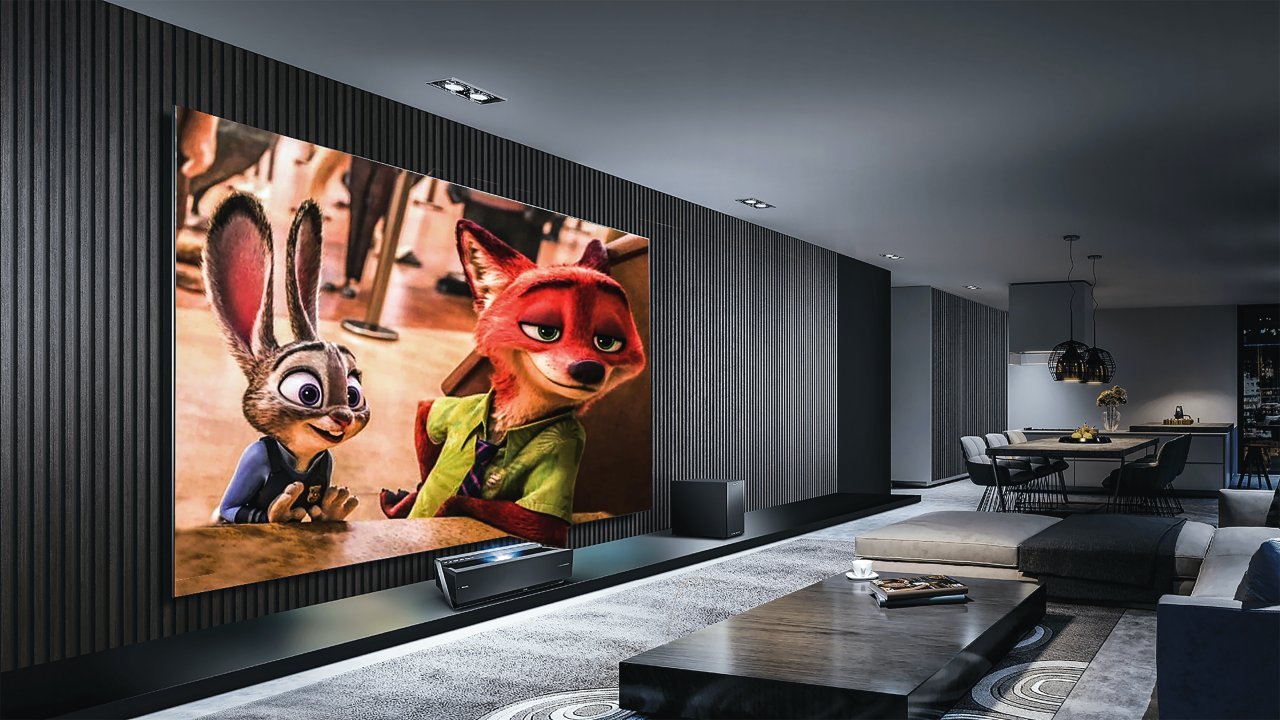The History of 3D Animation: From Toy Story to Avatar

Three-dimensional (3D) animation has come a long way since its inception. From the first 3D computer-animated film to the cutting-edge animation techniques used in modern-day movies, the evolution of 3D animation has been fascinating. In this article, we will explore the history of 3D animation from its early beginnings to its current state in the entertainment industry.
The early development of 3D animation can be traced back to the 1960s when computer graphics were first being explored by researchers. The first computer-generated film was a short animated clip called "Hummingbird" created by Edward Zajac in 1967. This clip was the first example of a 3D model being manipulated on a computer to create an animated sequence.
Fast forward to the 1990s when 3D animation started to gain popularity. One of the most significant breakthroughs in 3D animation occurred in 1995 when Pixar released "Toy Story." This film was the first feature-length film to be entirely computer-generated, and it was a massive hit. The film's success paved the way for other 3D animated films such as "A Bug's Life" and "Toy Story 2."
As technology continued to advance, 3D animation became more prevalent in the entertainment industry. In 2006, "Cars," another Pixar film, made use of a new animation technique called Global Illumination. This technique allowed animators to create more realistic lighting effects, making the film feel more lifelike. "Cars" went on to win the Academy Award for Best Animated Feature in 2007.
In 2009, director James Cameron released "Avatar," a movie that used a combination of live-action and computer-generated imagery (CGI) to create a fully immersive world. The film was praised for its stunning visuals and innovative use of 3D technology. "Avatar" went on to become the highest-grossing film of all time, grossing over $2.7 billion worldwide.
Today, 3D animation is used in a variety of industries, including film, television, video games, and advertising. With the increasing demand for high-quality visual effects, 3D animation continues to be a rapidly growing field.
Despite its many benefits, 3D animation also has its drawbacks. One of the biggest challenges facing animators is the cost and time involved in creating high-quality 3D animations. The software and hardware needed to create 3D animations can be expensive, and the animation process itself can be time-consuming.
Another challenge facing the industry is the pressure to create realistic-looking animations. As technology advances, audiences are becoming more discerning and demanding more from the animations they watch. Animators must strike a balance between creating something that looks real while also retaining the unique style and creativity that 3D animation can provide.
In conclusion, the history of 3D animation has been a remarkable journey, from the first computer-generated clip to the cutting-edge animations used in modern-day films. Despite the challenges and drawbacks, 3D animation remains a critical tool in the entertainment industry, providing filmmakers and animators with endless creative possibilities. As technology continues to advance, it will be exciting to see how 3D animation evolves and shapes the future of film and animation.












